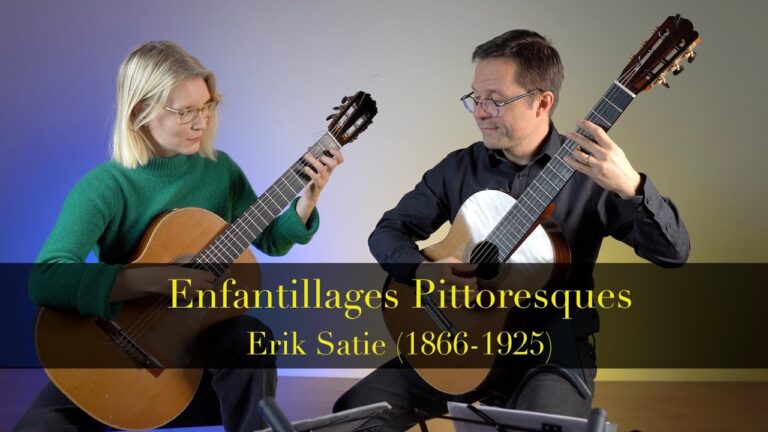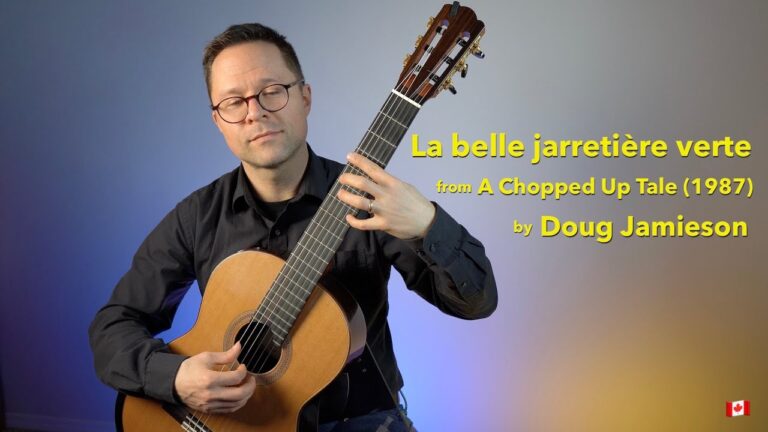Study on E and Variation by Johann Kaspar Mertz (1806-1856) for classical guitar. Original title, Ubungen auf der E saite (Exercise on the E String) from Schule fur die Guitare. Free PDF Sheet music for classical guitar. Late-Beginner level, for use after my Volume 1 method.
Free PDF Sheet Music Edition
Mertz was an Austro-Hungarian guitarist and composer and heavily influenced by Liszt, Chopin, Mendelssohn, Schubert and Schumann. His method book has six exercises on this theme. I recommend playing No.1 and No.2 as one continuous piece so I’ve added an editorial fermata.
Right Hand Fingering: p-i is Mertz’s indicated fingering and also my recommendation. However, p-m is acceptable as is p-i-p-m.
This is part of a collection of supplemental pieces for after my Classical Guitar Method Volume 1 (100 page Free PDF). I thought it would be nice to offer a few extra pieces before students move on to my Classical Guitar Method Volume 2.
Here is the YouTube lesson link if you want to watch it there.





This is a great little back-to-basics exercise for thumb accuracy and 1st position clean fretting. I played it ages ago, but now I’m finding it challenging. All of a sudden, I feel as if the guitar nut is miles away from me.
Nice piece. Glad you added it to your Method 1 repertoire. I particularly like the second variation which sounds somewhat like tremolo for beginners.
I like this piece for left hand thumb
I know a lot of time has gone by, but what do you mean?
This is beautiful! It’s alot of fun to play simple pieces that sound so much harder than they are!